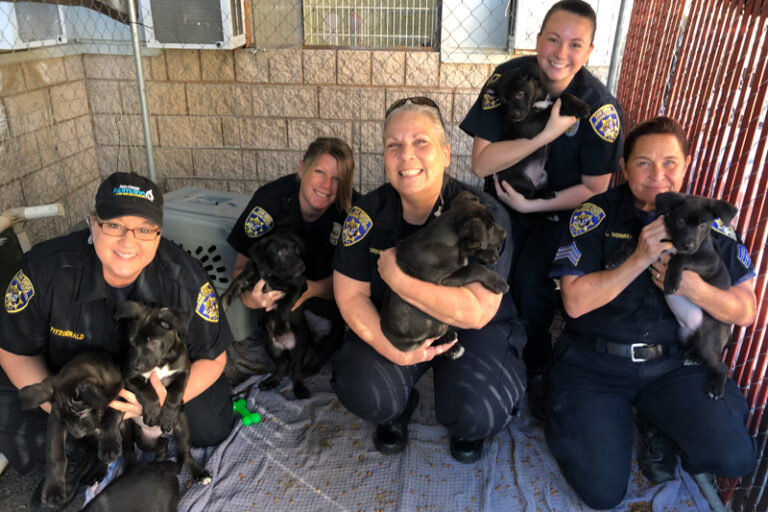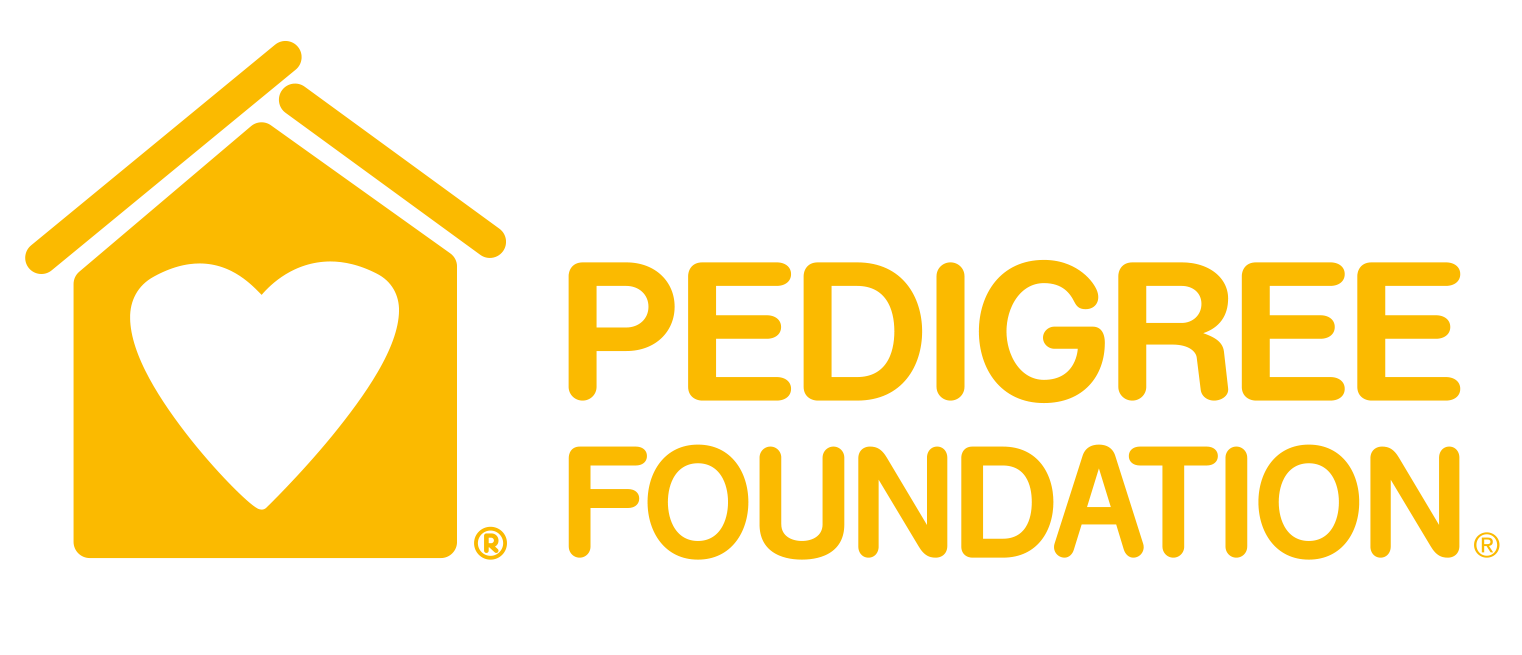Every animal sheltering organization has to make difficult choices about prioritizing resources, especially now, at a time when animal welfare facilities are experiencing record-breaking capacity issues, struggles with staffing, and increasing need in their communities. There seems to be never-ending recommendations about the best programming, staffing, and advocacy-related tools for improving outcomes for people and pets, and it’s reasonable to expect that this menu of options may be overwhelming to decision-makers.
For animal sheltering organizations to make strategic decisions about where to focus limited resources, especially around reducing owner surrenders and keeping pets with their families, start by looking inward at intake lobbies. The multitude of factors leading to families needing to surrender their pets are found in the stories of community members seeking emergency assistance or finding that the heartbreaking decision of pet relinquishment is their only option. By looking at the human circumstances leading to a pet’s surrender and tracking it effectively, organizations can quickly identify trends to direct what actions to take to prevent a pet from ending up in a kennel. Collecting the information provided by owners relinquishing their pets to make these decisions is the goal of HASS’ Intake Triage project.
Reducing owner-surrender intake and keeping pets with their families requires both programmatic and policy solutions to address the immediate needs of our communities and the downstream effect of our current substandard systems has on pet relinquishment. Programmatic work addresses the immediate need for organizations to stem the tide of pets being relinquished to organizations. However, underlying local and state policies related to housing, livable wages, and affordable veterinary care access, among others, are ultimately at the root of most owner surrenders across the country. To affect system change, the industry needs to advocate for progressive policies that address these root causes and support immediate needs of families.
Programmatic initiatives can take many forms:
- Partnering with local or national organizations that specialize in the needs pet owners have in your community (such as partnering with behaviorists and trainers to offer behavior resources at a reduced cost)
- Creating an internal program that prevents the need for relinquishment (such as offering free or low cost veterinary services)
- Developing an external program that prevents the need for an intake (such as supported self-rehoming platforms like, Home to Home and Rehome by Adopt-a-Pet).
These programmatic solutions aim to reduce the inflow of pets by reacting to immediate needs and setting up systems to support similar needs as they arise in the future. While programmatic solutions are needed, they do not address the issues upstream that create these needs, that’s where policy advocacy comes in.
In recent years, the intersectionality of companion animal welfare and human-centric issues has been front and center of many organizations’ policy and advocacy objectives, including the HASS 2024 policy platform and agenda. However, much of the support for these policy goals, such as increasing access to affordable veterinary care and pet-inclusive rental housing, is grounded in anecdotes or high-level trends, rather than detailed data covering the myriad reasons why a person may relinquish their pet. To effectively write and advocate for these policies, we need to better understand why people relinquish pets and which issues, particularly related to systemic racial and economic inequity in our communities, are having the greatest impact on a family making this heartbreaking decision. Armed with this data, we can narrowly tailor our policy advocacy to the most significant issues and utilize our resources to help more people and their pets, and reduce the burden on our animal sheltering organizations.
Fortunately, animal welfare professionals already have the ability to capture much of this data, particularly intake subtypes and intake reasons, in their very own intake lobbies, which can tell us where the gaps are between community needs and the support organizations and rescues are currently providing to pet owners.
One of the first steps is auditing your organization’s existing owner surrender intake data, namely the subtypes and reasons captured for this intake type in shelter software, and ask yourself what that data can tell you about how the pets in your care came to your facility. From there, you can glean what type of programmatic or policy initiative the data points to that may better support the needs of your community.
For example, organizations seeing a lot of owner surrenders due to a short-term life change, such as temporary hospitalization or short-term military relocation, may point to a need to partner with human services organizations working with hospitals, build an emergency boarding foster program, or work with organizations that specialize in finding boarding solutions for pets whose person is on deployment, such as Dogs on Deployment. In addition to these programmatic solutions, these organizations may also consider dedicating resources to policy advocacy to stem the tide of these types of relinquishments to begin with. In this example, policy advocacy may include efforts to address breed-specific restrictions commonly found on military bases in the U.S., or working with local tenants rights advocacy organizations to reform eviction laws to better protect renter pet owners.
At HASS, we understand there are competing needs of people and pets within our communities and how important it is for animal shelter and rescue leadership to have data – whether that takes the form of intake interviews, community surveys, or data from the animal shelter, itself – to justify resource allocation. Robust engagement and relationship-building with your community to better understand their needs and goals is a key part of the community-centric animal sheltering model. However, there is also plenty of important information we can get from intake data that has largely been untapped for use by decision-makers.
That’s why HASS is currently working with other national organizations and leaders on finalizing a standard list of intake subtypes and reasons related to owner surrenders, each pointing back to a HASS pathways for community-centric animal sheltering. To better support our community in implementing these changes, in the coming months, HASS will be releasing a full list of intake subtypes and intake reasons to use to make these important decisions about policy advocacy and program implementation along with educational materials on how to use them.
Keep an eye on our HASS monthly newsletter for updates!








